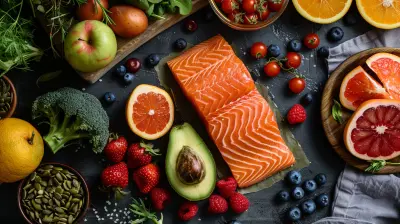Vegan and Vegetarian Cooking Made Easy
7 October 2025
Switching to a plant-based lifestyle doesn't have to feel like learning rocket science. In fact, cooking vegan or vegetarian meals can be downright fun, cost-effective, and shockingly simple once you get the hang of it. Whether you're a newbie curious about meatless Mondays or you're already knee-deep in tofu and tempeh, this guide is here to make vegan and vegetarian cooking a total breeze.
So, grab your spatula, fire up your stovetop, and let’s dive into how you can whip up plant-based meals that taste amazing and keep your body happy.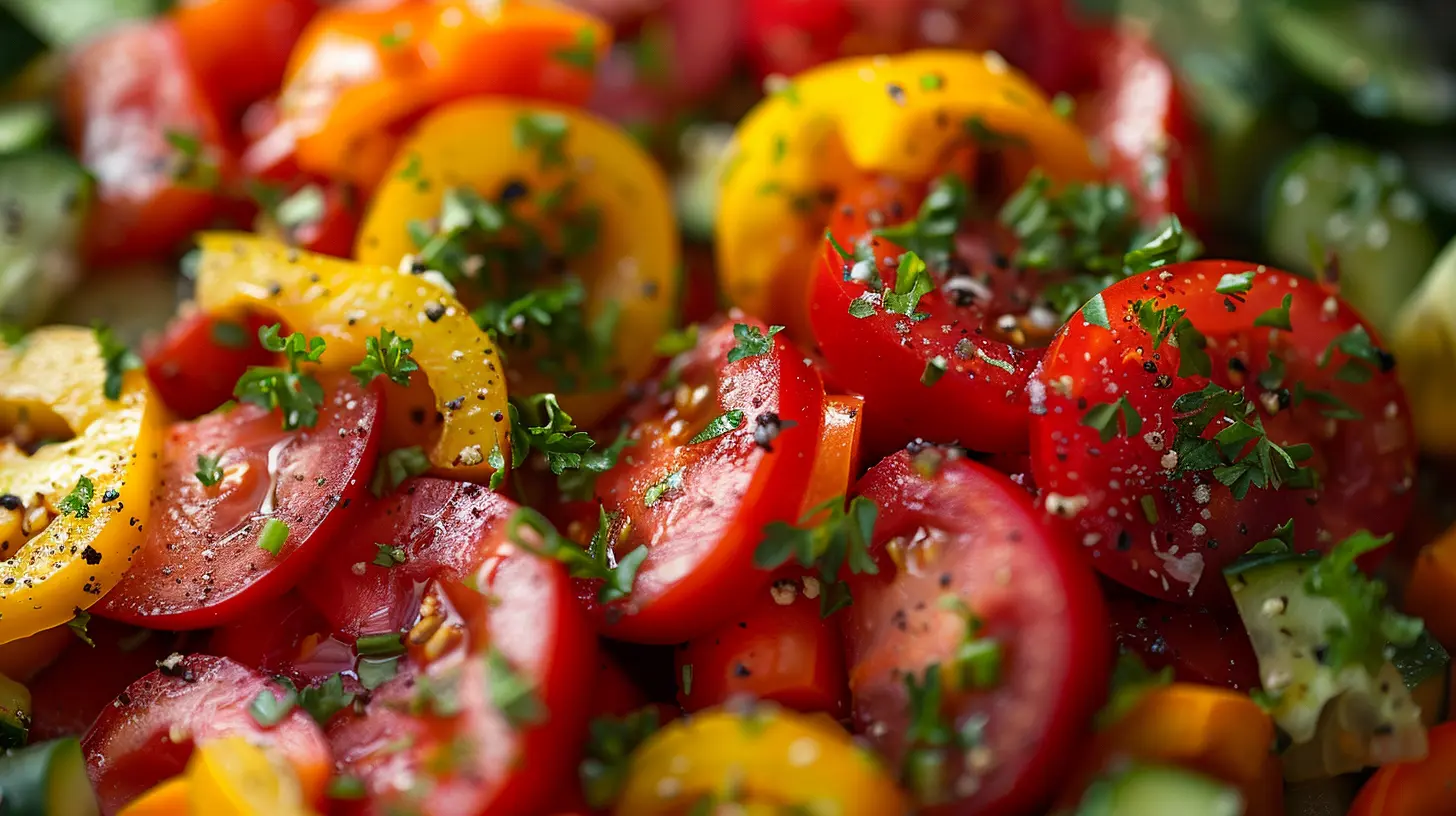
Why Go Plant-Based in the First Place?
Before we jump into the cooking tricks, let’s take a tiny moment to talk about the "why." Why are so many people ditching meat and dairy?Well, there are lots of reasons:
- Health Benefits: Lower risk of heart disease, high blood pressure, and type 2 diabetes.
- Environmental Impact: Animal agriculture is a huge contributor to greenhouse gases.
- Ethical Concerns: Many people choose this lifestyle to avoid contributing to animal cruelty.
But let's be honest, sometimes it starts out simple—maybe you just watched a documentary, or your friend made vegan mac and cheese that blew your socks off.
Whatever your reason, good news: you don’t need to be a Michelin-star chef to cook delicious, satisfying, meat-free meals.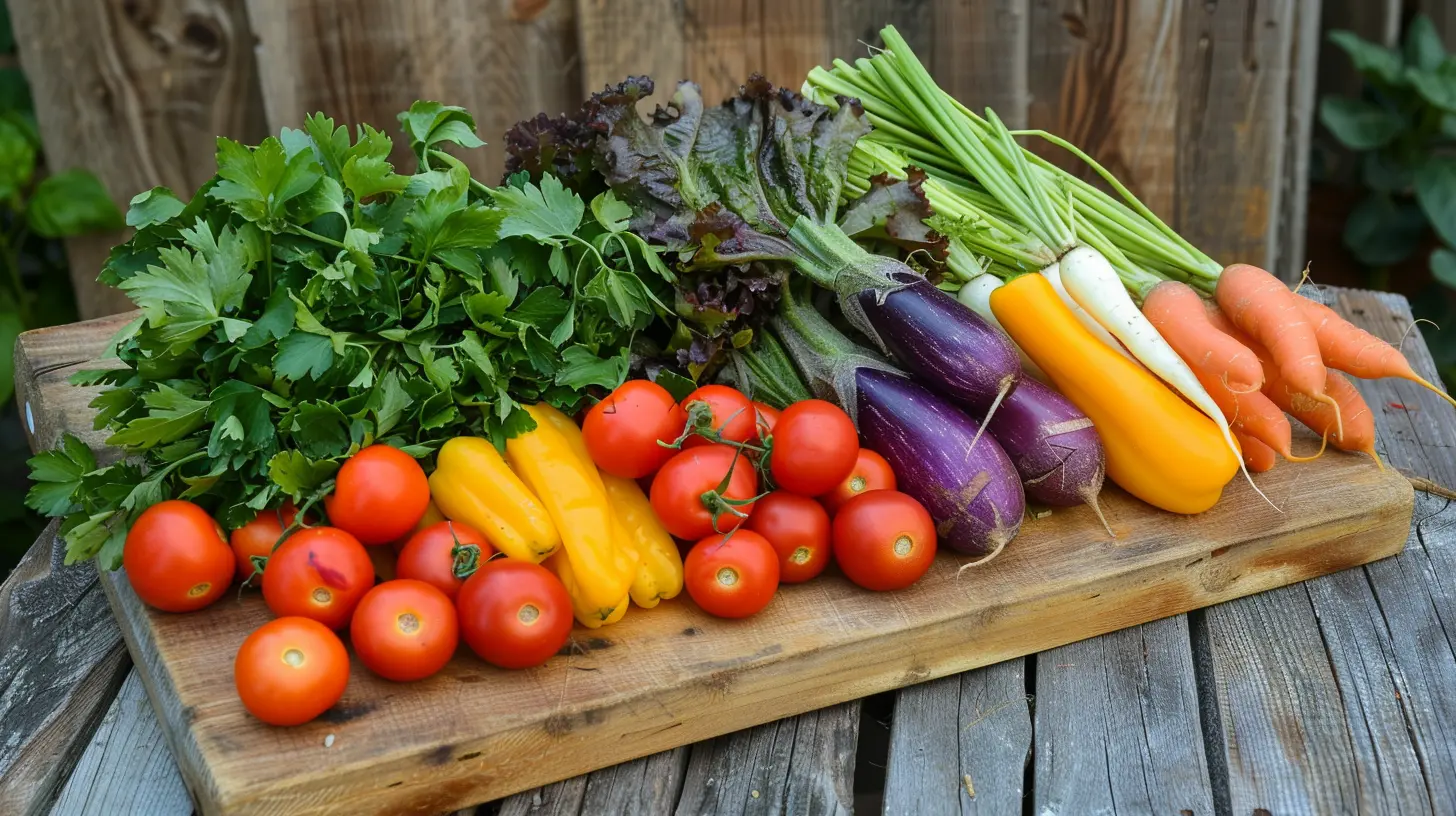
Debunking the Biggest Myths About Vegan and Vegetarian Cooking
Ever heard these statements?- “It’s too expensive.”
- “I won’t get enough protein.”
- “It’s super complicated.”
- “All you can eat is salad.”
Ugh, false. Let’s bust these myths once and for all.
Myth #1: It's Too Expensive
Truth: Beans, rice, lentils, oats, and seasonal veggies? Dirt cheap. Whole plant foods are some of the most affordable things in the grocery store—just skip the overly processed vegan mock meats and trendy packaged items if you're on a budget.Myth #2: You Won't Get Enough Protein
Let’s settle this once and for all: You can absolutely get plenty of protein from plants. Lentils, chickpeas, quinoa, tofu, tempeh, nuts, seeds… you get the idea.Myth #3: It’s Complicated
Nope! Vegan and vegetarian meals can be simple, quick, and even lazy-person-approved. You just need to know the basics (which we’re about to dive into).Myth #4: All You Can Eat Is Salad
Listen, we love a good salad. But this lifestyle is about bold flavors, cozy comfort food, rich curries, smoky BBQ mushrooms, creamy pastas, zesty tacos—you name it.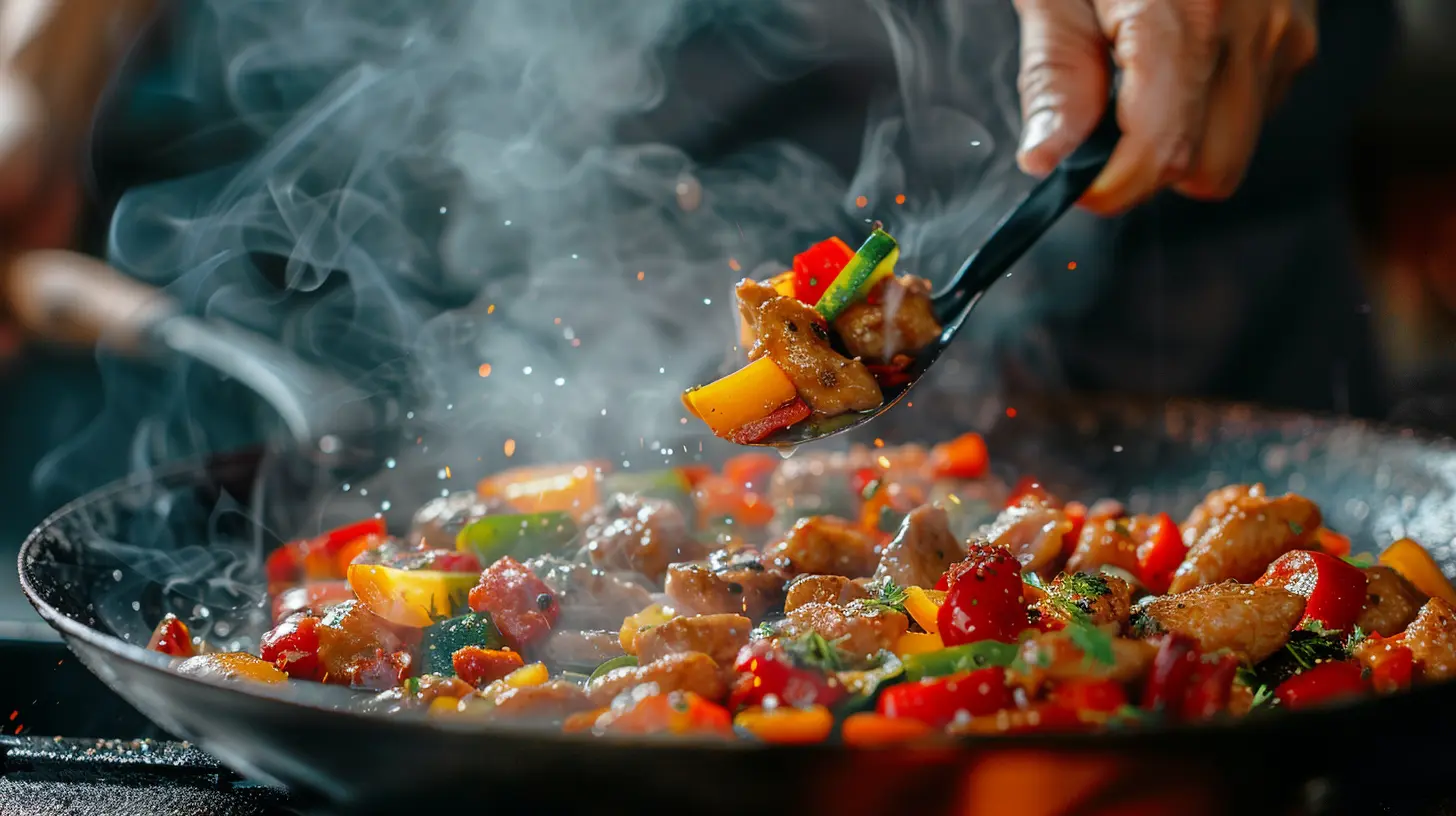
The Essential Plant-Based Pantry
Here’s the cool part: once you stock up on a few plant-based staples, cooking becomes way easier and faster.Grains
- Brown rice- Quinoa
- Oats
- Couscous
- Pasta (check the label for eggs if you're going fully vegan)
Legumes
- Lentils (red, green, brown)- Chickpeas
- Black beans
- Kidney beans
- Edamame
Proteins
- Tofu (firm for stir-fries, silken for smoothies/sauces)- Tempeh
- Seitan (if you're not gluten-free)
- Nuts and seeds (almonds, cashews, chia, flaxseed)
Flavor Boosters
- Nutritional yeast (aka vegan gold dust—cheesy, nutty flavor)- Tamari or soy sauce
- Liquid smoke (BBQ vibes)
- Miso paste
- Garlic, onions, ginger (the holy trinity of flavor)
Condiments and Sauces
- Tahini- Hot sauce
- Mustard
- Vegan mayo
- Coconut milk
With these in your kitchen, you're ready to mix and match, experiment, and cook up a storm.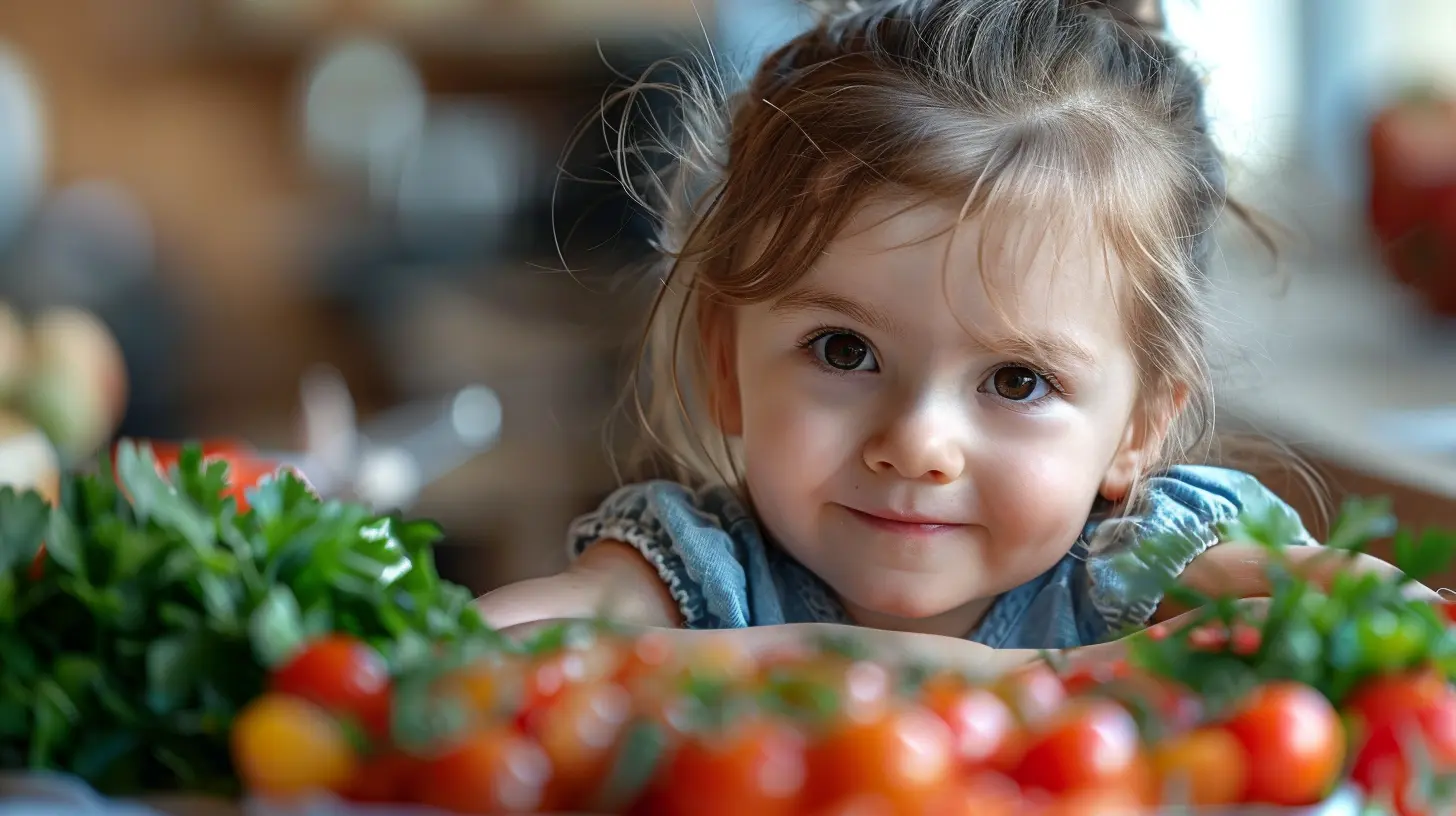
Easy Go-To Vegan and Vegetarian Meal Ideas
Let’s talk about real, down-to-earth meals you can make without needing 20 ingredients or culinary school experience.1. One-Pot Lentil Curry
Warm, comforting, and bursting with flavor. Throw lentils, canned tomatoes, coconut milk, curry spices, and chopped veggies into a pot. Simmer and serve over rice or with naan.2. Chickpea Salad Sandwich
Think tuna salad, but 100% plant-based. Mash chickpeas with vegan mayo, mustard, celery, onion, and seasoning. Slap it between bread or toss it on greens.3. Stir-Fried Tofu and Veggies
Press tofu, cube it, and pan-fry till golden. Toss in your favorite veggies, add soy sauce, garlic, and a splash of sesame oil. Serve with noodles or rice.4. Veggie Tacos
Roast some sweet potatoes or cauliflower, season with cumin and paprika. Add black beans, avocado, salsa, and boom—plant-based taco heaven.5. Mushroom Pasta
Sauté mushrooms, garlic, and spinach. Add oat cream or cashew cream, toss with pasta, and top with nutritional yeast. Comfort food = achieved.Quick Cooking Tips to Make It Even Easier
Use Batch Cooking Like a Pro
Make large portions of rice, lentils, or roasted veggies ahead of time and store them in the fridge. That way, you can mix and match during the week without cooking from scratch every day.Freeze-Friendly Is Your Best Friend
Soups, stews, casseroles, and veggie burgers freeze like champions. Make extra and stock up your freezer for lazy days.Embrace Simple Seasonings
You don’t need to master every spice blend on Earth. A few key seasonings (think garlic powder, smoked paprika, chili flakes) can transform any bland meal into something crave-worthy.Don’t Fear Processed Foods (In Moderation)
Sure, whole foods are the goal—but there’s no shame in grabbing veggie burgers or vegan cheese now and then for convenience.Tools That Make Life Easier (But Aren’t Essential)
You don't need fancy gadgets, but here are a few that can speed things up:- Blender: For smoothies, soups, and sauces.
- Food Processor: Great for chopping, mixing dough, or making dips like hummus.
- Pressure Cooker or Instant Pot: Lifesaver for cooking beans and grains fast.
- Air Fryer: Crispy fries without the oil? Yes, please.
Eating Out and Ordering In
Worried about staying plant-based outside your kitchen? Don’t be.More restaurants now offer vegan/vegetarian options than ever. Look for dishes with tofu, legumes, or lots of veggies. And when in doubt, ask if that curry comes with cream or if the veggie wrap has cheese.
Bonus: Plant-based apps like HappyCow help you find vegan-friendly spots nearby no matter where you are.
Making It Stick — Long-Term Success Tips
The key to making vegan or vegetarian cooking easy long-term? Don’t overthink it. Here’s what helps:Start Slow
Don’t try to overhaul your whole kitchen overnight. Begin with one or two meatless meals per week, and grow from there.Keep Learning (But Don't Get Overwhelmed)
There are loads of blogs, cookbooks, YouTube channels, and TikToks with recipe ideas and tips. Treat it like a fun new hobby, not a chore.Make Meals You Already Love — Just Plant-Based
Love spaghetti Bolognese? Use lentils. Obsessed with burrito bowls? Swap in black beans and guac. Crave creamy soups? Use coconut milk or blended cashews.Most of the time, you don’t need a full replacement—just a creative twist.
Common Pitfalls to Avoid
Going All Carbs
It's easy to load up on bread and pasta, but your body needs protein and fiber too. Aim for balanced meals with legumes, whole grains, and veggies.Not Reading Labels
Some “veggie” products sneak in dairy or eggs. Always check if you're going fully vegan.Getting Too Restrictive
Focus on nourishment, not perfection. One slip-up doesn't mean failure. Just keep going.Final Thoughts
Vegan and vegetarian cooking isn’t about restriction—it’s a celebration of flavors, colors, textures, and creativity. With a well-stocked kitchen, a few go-to recipes, and a willingness to experiment a little, you’ll find that plant-based meals can be just as satisfying—if not more so—than anything else.So the next time someone says, “I could never give up meat,” go ahead and pass them a plate of your famous spicy lentil tacos. They might just change their mind.
Happy cooking, plant warrior.
all images in this post were generated using AI tools
Category:
Healthy CookingAuthor:

Madeline Howard
Discussion
rate this article
1 comments
Onyx McPherson
Thank you for this delightful article! Your tips on vegan and vegetarian cooking make it feel so accessible and enjoyable. I can’t wait to try out the recipes and explore new flavors. Happy cooking, everyone! 🌱🥗
October 9, 2025 at 5:01 AM

Madeline Howard
Thank you for your kind words! I’m thrilled you found the tips helpful. Happy cooking and enjoy exploring new flavors! 🌱🥗

